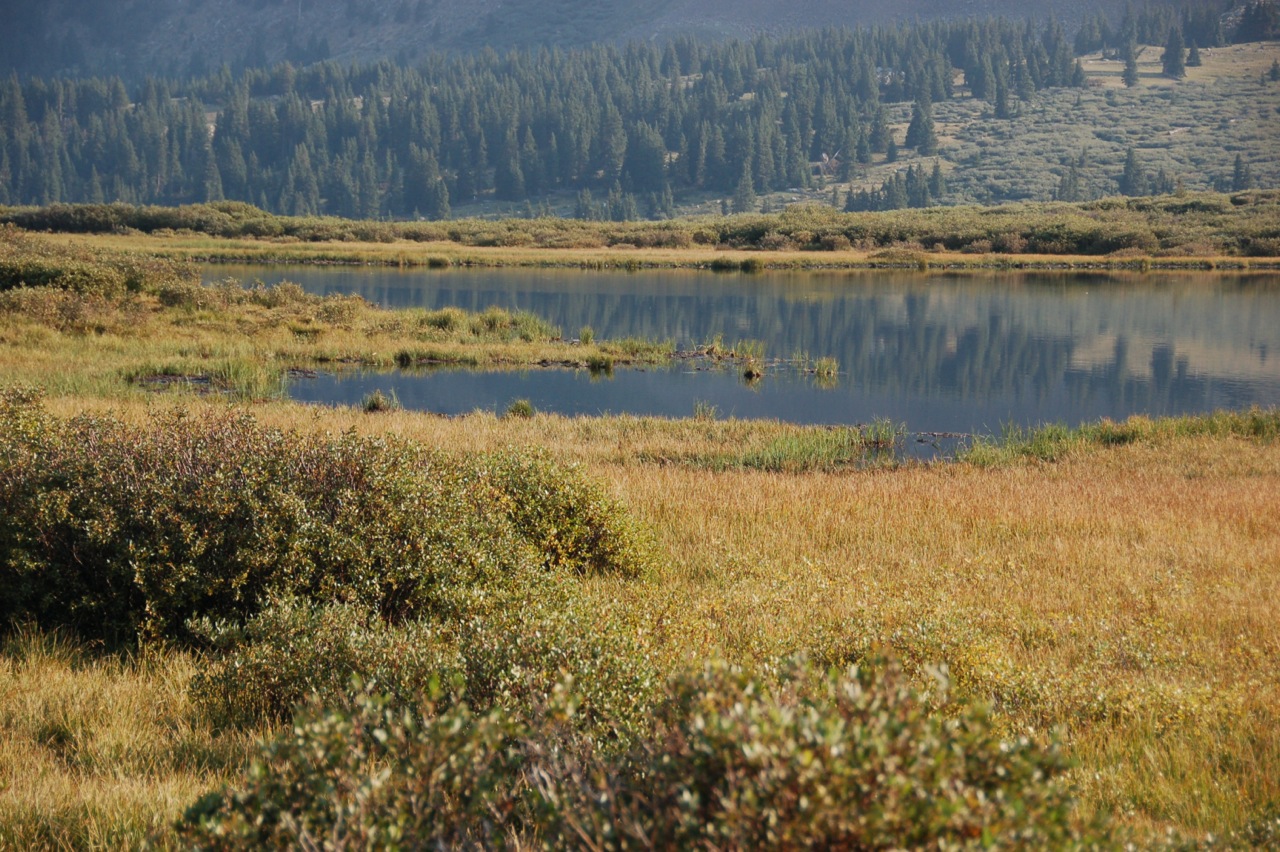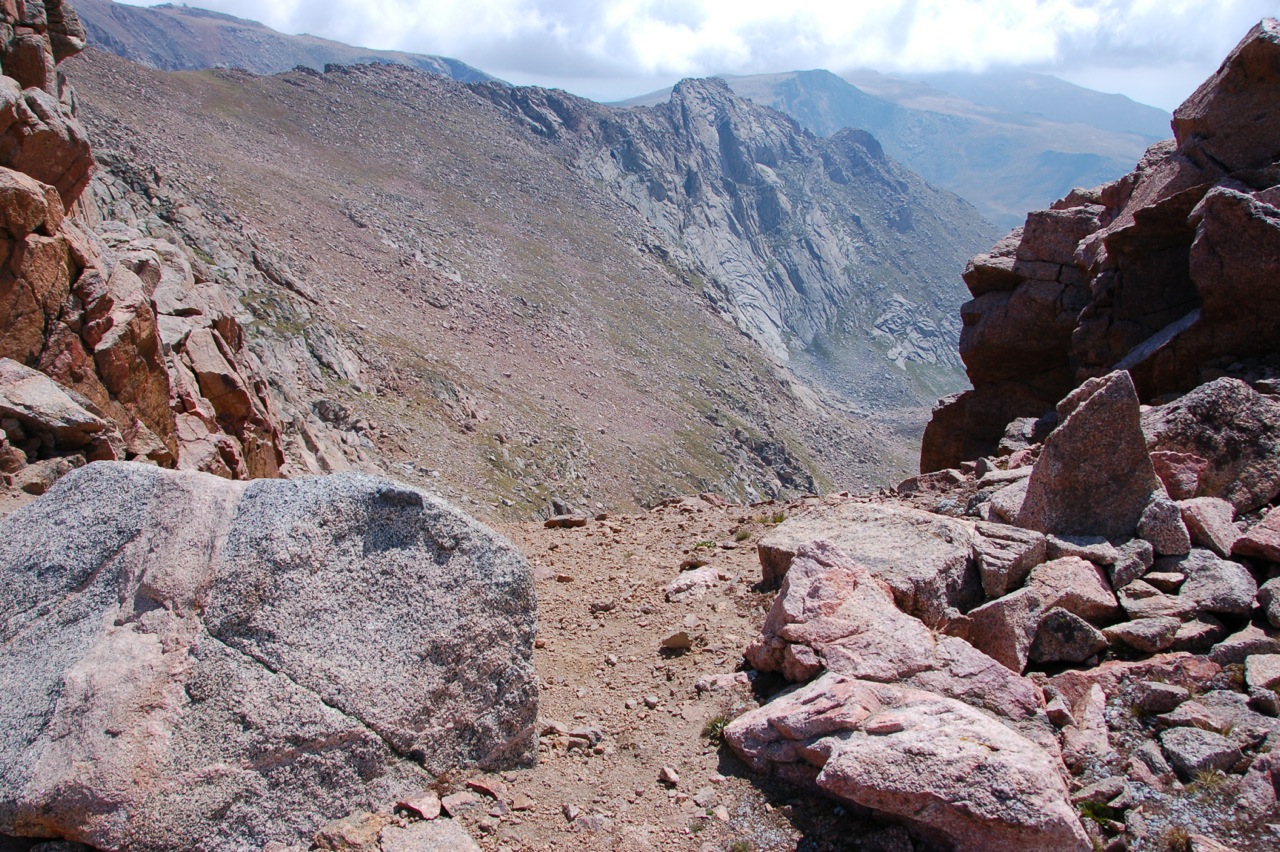While Colorado skies can be dramatic at times, the sky on December 20 during an evening walk in Highlands Ranch, Colorado, was extraordinary. Gazing west, I was awed by the cloud patterns and the sunlight's intensity at the clouds' inferior aspect.
As our path curved in an easterly direction …
... I gazed at the sky ahead of us. It was mind-bending. The Sun was setting behind me, yet, it also seemed to be setting in front of me! I estimated the rays were coming from the northeast.
Puzzled, I checked my phone's compass. Sure enough, the beams were coming from the east-northeast. Impossible, but there they were.
I looked back to see if anything had changed in the western sky and saw the intense inferior brightening of the nearer clouds and darkening of the more distant ones as sunset progressed.
A look to the southwest revealed similar findings.
As we progressed on our walk, the rays darkened ...
... and soon faded.
Turning northwesterly on our return home, we were greeted by a delightfully dramatic sky.
Arriving home, I searched the net for "unusual sunset today." The answer popped up immediately - Anticrepuscular rays! What?!
Wikipedia's entry came up first:
Anticrepuscular rays, or antisolar rays, are meteorological optical phenomena similar to crepuscular rays, but appear opposite of the Sun in the sky. Anticrepuscular rays are essentially parallel, but appear to converge toward the antisolar point, the vanishing point, due to a visual illusion from linear perspective.
And from Atmospheric Optics:
Crepuscular rays appear to converge on the sun, anticrepuscular or antisolar rays converge in opposite direction and you must have your back to the Sun or sunset point to see them. They appear to converge towards the antisolar point, the point on the sky sphere directly opposite the Sun. Like crepuscular rays they are parallel shafts of sunlight from holes in the clouds and their apparently odd directions are a perspective effect. Think of a long straight road, it converges towards the horizon but turn around and it also converges to the opposite horizon. Crespuscular and anticrespuscular rays behave in the same way.
"Holes in the clouds." Could that be the rays passing through the cloud's inferior surface as seen earlier in the walk? Some passing through "holes" in the clouds and converging in the opposite direction? When we sit in a movie theater, the projector behind us streams light beams over our heads. We look in the opposite direction, the screen in front of us, where the rays arrest and become visible.
Hmmm? An arc of rays over our head that become visible and deceivingly convergent: anticrespuscular rays.
Your thoughts, critiques, and insights are welcome.























